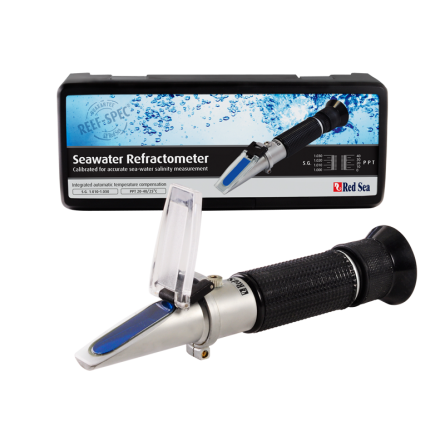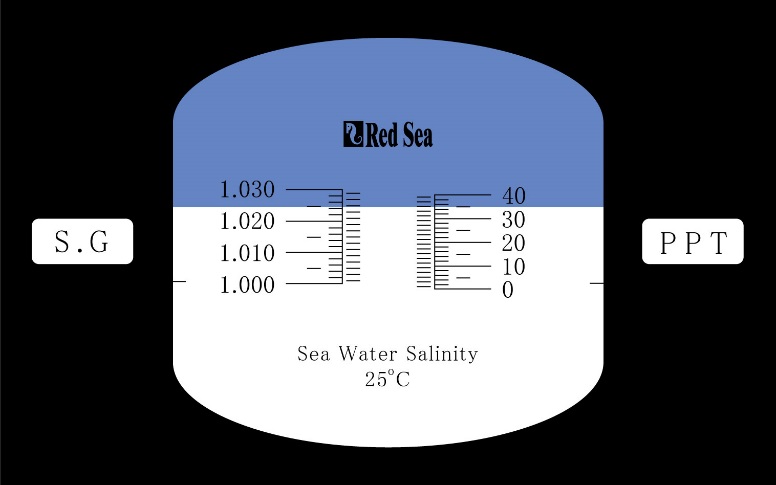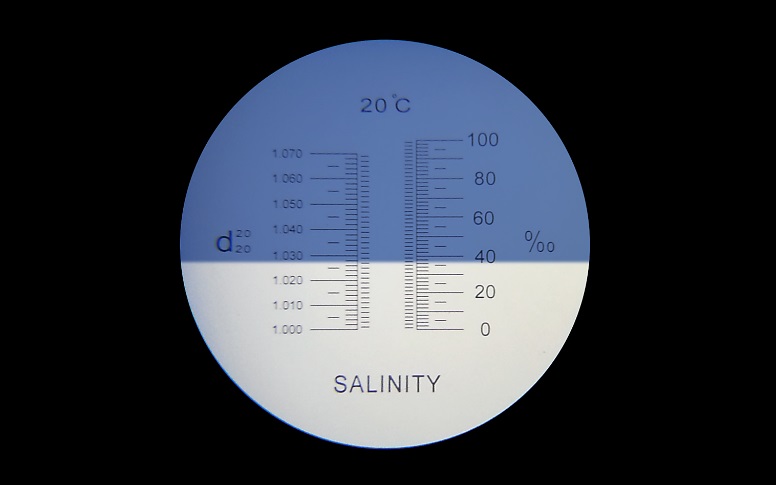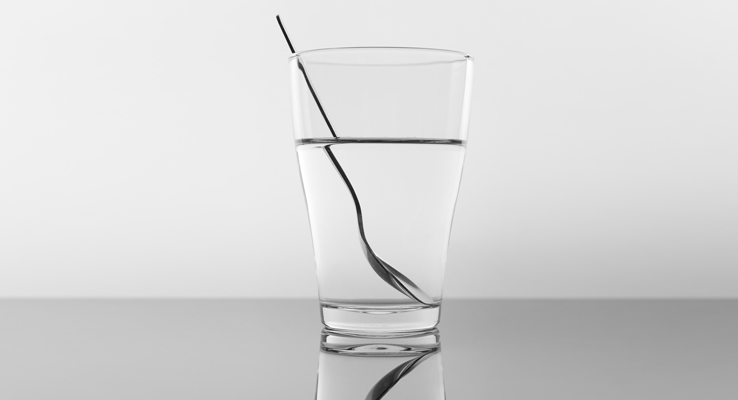

Aquarium and pond equipment at the best prices!
For those passionate about aquariophily
Having trouble finalizing your order? Contact us 24 hours a day by email at information@zoanthus.fr.
Analysis
Analysis / Tests
Basin Analysis
5€ discount for your first order with the code: BIENVENUE05 (from 100€ purchase, offers cannot be combined)
Balling Products
Seawater supplements
Basic elements
Fresh Water Supplements
CO2 system
Basin Supplements
Basic elements
5€ discount for your first order with the code: BIENVENUE05 (from 100€ purchase, offers cannot be combined)
Water treatment
Bacterial Treatments
Adverse Treatments
Fish Care
Water treatment
Bacterial Treatments
Adverse Treatments
Fish Care
Water treatment
Bacterial Treatments
Fish Care
5€ discount for your first order with the code: BIENVENUE05 (from 100€ purchase, offers cannot be combined)
Seawater Food
Fresh Water Food
Food Basin
5€ discount for your first order with the code: BIENVENUE05 (from 100€ purchase, offers cannot be combined)
Sand
Substrate for reactor
Sea Salts
Sands / Quartz / Substrates
Remineralizing
Pond Substrate
5€ discount for your first order with the code: BIENVENUE05 (from 100€ purchase, offers cannot be combined)
Seawater Equipment
Basin Equipment
5€ discount for your first order with the code: BIENVENUE05 (from 100€ purchase, offers cannot be combined)


The seawater refractometer offers exceptional accuracy because it uses a specific algorithm developed to measure the absolute salinity of seawater at a temperature of 25°C.
Most refractometers used in the hobby are not specifically designed for reef aquariums and use a brine measurement algorithm (NaCl rather than seawater) for a temperature of 15°C rather than 25°C.
This gives a possible deviation of the result of 1.5 ppt, which can have real effects on coral growth and coloration.
The ppt scale of the Red Sea seawater refractometer is calculated using a seawater algorithm and will therefore give you the Absolute Salinity of your seawater.
The ppt scale of conventional refractometers is calculated using an algorithm for brine. Using such refractometers will give you an error of about 1.5 ppt.
 |  |
Red Sea Refractometer Display | Display of a classic refractometer |
Salinity is a general term that describes the concentration of salt in water. However different types of salt solutions have different indexes of refraction.
Brine is a solution of Sodium Chloride which contains 2 chemical elements.
Seawater contains approximately 70 chemical elements including Calcium, Magnesium, Potassium, etc… in addition to Sodium Chloride.
Seawater and brine with the same salinity (so the same number of grams of salt per liter of water) have different refractive indices and will give different salinity readings on the same refractometer.
All transparent materials like liquids refract light.
All transparent materials refract light differently and have what is called a "refractive index" which indicates how well a given material refracts light.
Different concentrations of the same liquid have different refractive indexes.
The scale of a refractometer is calculated using a mathematical algorithm which translates the refraction measured at such concentration for a specific liquid.

The refractive indices of a liquid change with temperature which has major effects on the measurement of salinity with a refractometer.
The algorithm that defines the ppt scale of a refractometer is calculated at a specific temperature.
The ppt reading of refractometers that are not calibrated for reef aquariums (i.e. at 25°C) should be adjusted via a conversion table to give the ppt for the temperature of the aquarium. This is often a cause of misinterpretation of refractometer readings.
For example, using a seawater refractometer calibrated at 20°C will give a reading approximately 1.5 ppt lower than the absolute salinity of the same sample at normal aquarium temperature at 25°C.
ATC – Automatic Temperature Compensation
Temperature is probably the number one cause of a refractometer reading incorrectly. Calibration and testing of water samples should be done after the refractometer and the water sample are at the same temperature.
The ATC compensates for the few degrees difference between the ambient temperature and the refractometer calibration temperature. Larger deviations will give an error of about 1 ppt.
ATC does not adjust the reading of a refractometer to the temperature of the aquarium.
Easy-to-use tests for the precise control of all important parameters during the biological maturation of marine and reef aquaria.
NH3 / NH4 | NO. 3 | NO 2 | pH | K.H.
Red Sea Coral Pro Salt is designed to provide biologically balanced high levels of the fundamental elements (calcium, magnesium and carbonates) necessary for the accelerated and sustainable growth of all corals.
Salt Coral Pro is ideal for reef aquariums , especially LPS and SPS corals and growing coral cuttings .
NHA-75 from Aqua Nova is a fully submersible 75w quartz heater with thermostat for aquariums up to 75 liters. Supplied with thick rubber suction cups, for easy attachment to aquarium walls.
The T Controller Twin 2.0 is the ideal tool for maintaining the temperature in your aquarium. This digital temperature controller is designed to manage heating and cooling units simultaneously , ensuring a stable and optimal environment for your fish and corals. Thanks to its precision of 0.1°C , it allows fine adjustment of the temperature, covering a range of 16 to 40°C . With high switching power and a seawater-resistant temperature probe, this device is as robust as it is efficient. The clear, easy-to-read LCD screen informs you in real time of the thermal conditions of your aquarium.
This analysis kit from the SALIFERT brand allows you to measure the Kh of your seawater with precision. Allows you to take 100 to 200 measurements.
This SALIFERT brand analysis kit allows you to accurately measure the magnesium level of your seawater. Allows you to take around 50 measurements.
Accurately tests the nitrate level of your seawater.
Allows you to take around 60 measurements.
Instructions in French
Formula One Small from Ocean Nutrition are soft and moist pellets for all types of marine fish .
Easy-to-use tests for the precise control of all important parameters during the biological maturation of marine and reef aquaria.
NH3 / NH4 | NO. 3 | NO 2 | pH | K.H.
Red Sea Coral Pro Salt is designed to provide biologically balanced high levels of the fundamental elements (calcium, magnesium and carbonates) necessary for the accelerated and sustainable growth of all corals.
Salt Coral Pro is ideal for reef aquariums , especially LPS and SPS corals and growing coral cuttings .
NHA-75 from Aqua Nova is a fully submersible 75w quartz heater with thermostat for aquariums up to 75 liters. Supplied with thick rubber suction cups, for easy attachment to aquarium walls.
The T Controller Twin 2.0 is the ideal tool for maintaining the temperature in your aquarium. This digital temperature controller is designed to manage heating and cooling units simultaneously , ensuring a stable and optimal environment for your fish and corals. Thanks to its precision of 0.1°C , it allows fine adjustment of the temperature, covering a range of 16 to 40°C . With high switching power and a seawater-resistant temperature probe, this device is as robust as it is efficient. The clear, easy-to-read LCD screen informs you in real time of the thermal conditions of your aquarium.
This analysis kit from the SALIFERT brand allows you to measure the Kh of your seawater with precision. Allows you to take 100 to 200 measurements.
This SALIFERT brand analysis kit allows you to accurately measure the magnesium level of your seawater. Allows you to take around 50 measurements.
Accurately tests the nitrate level of your seawater.
Allows you to take around 60 measurements.
Instructions in French
Formula One Small from Ocean Nutrition are soft and moist pellets for all types of marine fish .
Easy-to-use tests for the precise control of all important parameters during the biological maturation of marine and reef aquaria.
NH3 / NH4 | NO. 3 | NO 2 | pH | K.H.
Red Sea Coral Pro Salt is designed to provide biologically balanced high levels of the fundamental elements (calcium, magnesium and carbonates) necessary for the accelerated and sustainable growth of all corals.
Salt Coral Pro is ideal for reef aquariums , especially LPS and SPS corals and growing coral cuttings .
NHA-75 from Aqua Nova is a fully submersible 75w quartz heater with thermostat for aquariums up to 75 liters. Supplied with thick rubber suction cups, for easy attachment to aquarium walls.
The T Controller Twin 2.0 is the ideal tool for maintaining the temperature in your aquarium. This digital temperature controller is designed to manage heating and cooling units simultaneously , ensuring a stable and optimal environment for your fish and corals. Thanks to its precision of 0.1°C , it allows fine adjustment of the temperature, covering a range of 16 to 40°C . With high switching power and a seawater-resistant temperature probe, this device is as robust as it is efficient. The clear, easy-to-read LCD screen informs you in real time of the thermal conditions of your aquarium.
35 ppm calibration solution for refractometer.
Densimeter by Aqua Medic is a hydrometer intended for the measurement of density [g/ml] - Tp. 25/4°C in seawater aquariums.
The Aqua Medic LED Refractometer is a precision optical instrument for the exact determination of the amount of salt in saltwater aquariums . A few drops allow the determination of the salt concentration in a few seconds. It can be read either as absolute quantity of salt (salinity) in ‰, ppt or as density.
Mini Ammonia Photometer from Hanna Instruments measures up to 3.00 mg/L (NH3-N) with a resolution of 0.01 mg/L . Ammonia is an excellent indicator of animal and vegetable microbiological decomposition. This parameter is measured in aquaculture and aquariums, because its presence is very toxic. HI700 comes with 2 measuring cuvettes and their caps, reagents for 25 tests and the battery .
Salimeter from Aqua Medic is used for the simple determination of the salt concentration in saltwater aquariums . In saltwater aquariums the specific gravity should be between 1.022 and 1.025.
35 ppm calibration solution for refractometer.
Densimeter by Aqua Medic is a hydrometer intended for the measurement of density [g/ml] - Tp. 25/4°C in seawater aquariums.
The Aqua Medic LED Refractometer is a precision optical instrument for the exact determination of the amount of salt in saltwater aquariums . A few drops allow the determination of the salt concentration in a few seconds. It can be read either as absolute quantity of salt (salinity) in ‰, ppt or as density.
Mini Ammonia Photometer from Hanna Instruments measures up to 3.00 mg/L (NH3-N) with a resolution of 0.01 mg/L . Ammonia is an excellent indicator of animal and vegetable microbiological decomposition. This parameter is measured in aquaculture and aquariums, because its presence is very toxic. HI700 comes with 2 measuring cuvettes and their caps, reagents for 25 tests and the battery .
Salimeter from Aqua Medic is used for the simple determination of the salt concentration in saltwater aquariums . In saltwater aquariums the specific gravity should be between 1.022 and 1.025.
35 ppm calibration solution for refractometer.
Densimeter by Aqua Medic is a hydrometer intended for the measurement of density [g/ml] - Tp. 25/4°C in seawater aquariums.
The Aqua Medic LED Refractometer is a precision optical instrument for the exact determination of the amount of salt in saltwater aquariums . A few drops allow the determination of the salt concentration in a few seconds. It can be read either as absolute quantity of salt (salinity) in ‰, ppt or as density.
Mini Ammonia Photometer from Hanna Instruments measures up to 3.00 mg/L (NH3-N) with a resolution of 0.01 mg/L . Ammonia is an excellent indicator of animal and vegetable microbiological decomposition. This parameter is measured in aquaculture and aquariums, because its presence is very toxic. HI700 comes with 2 measuring cuvettes and their caps, reagents for 25 tests and the battery .

